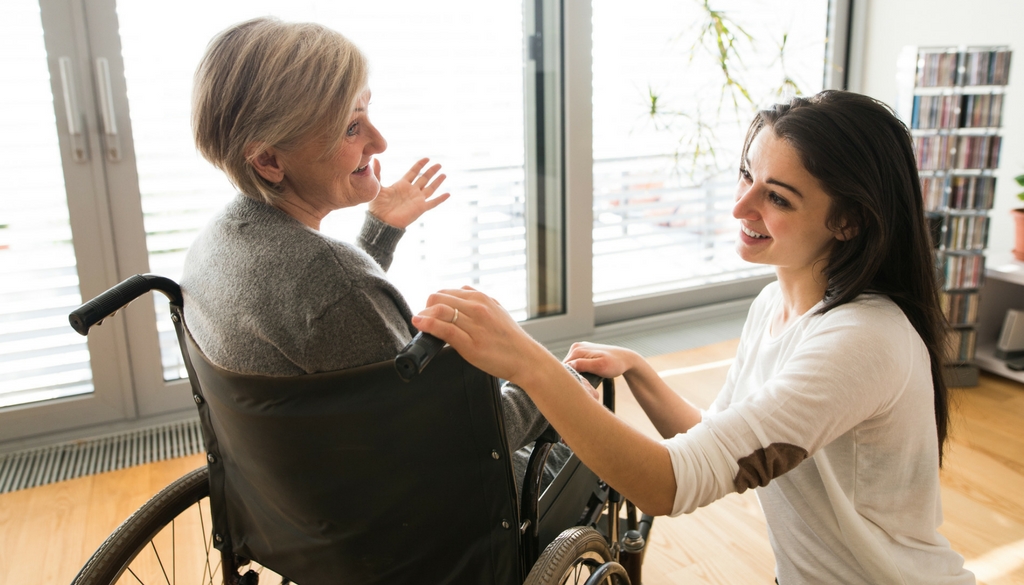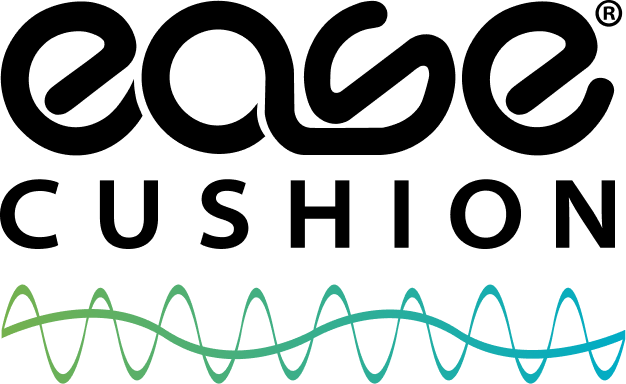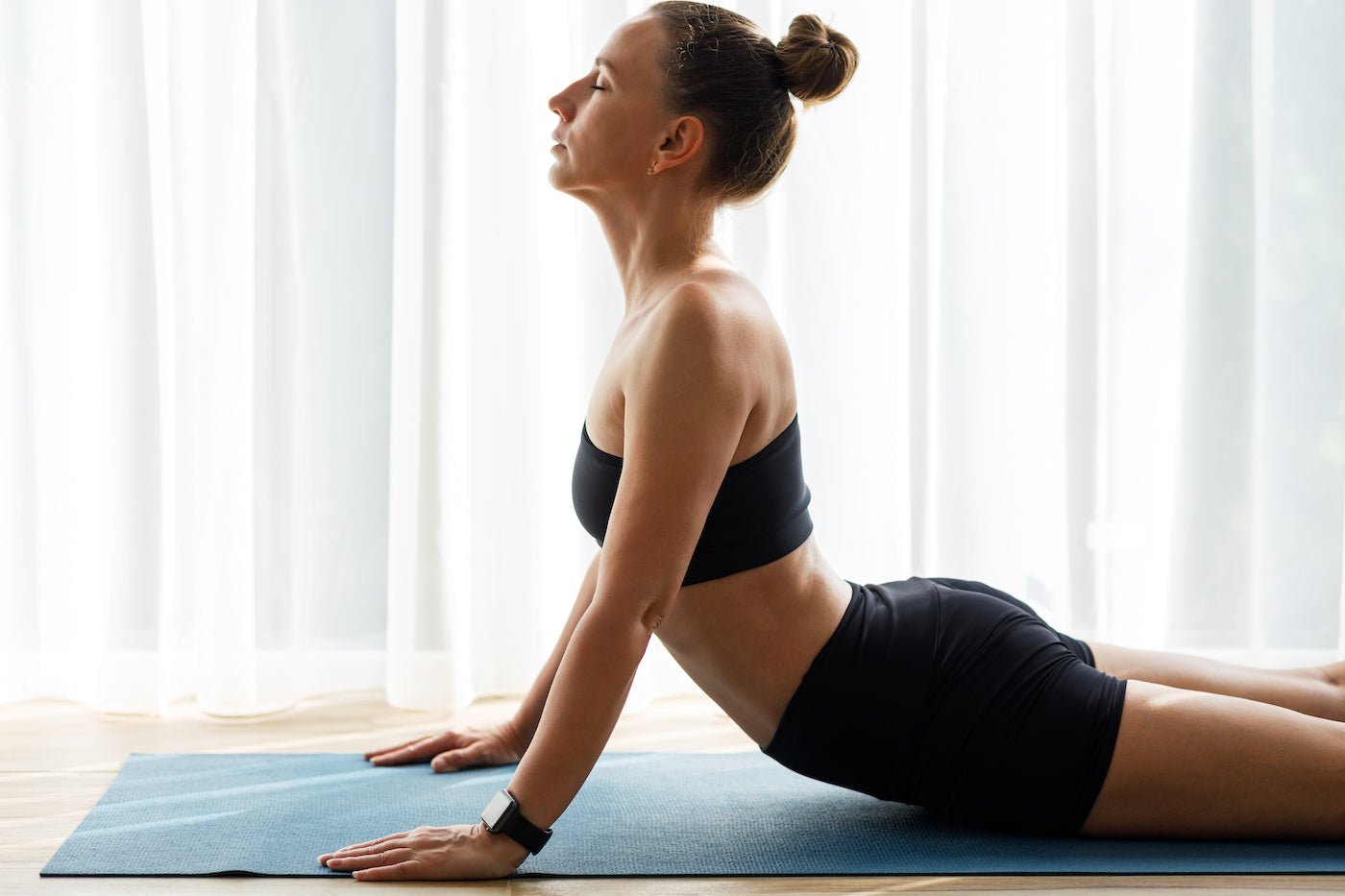Common Mistakes in Using Pressure Cushions for Seating

We frequently receive inquiries about managing pressure in seating, specifically concerning pressure cushions. A lot of incorrect information is in this area. We want to address some common problems and offer evidence-based solutions.
Key Considerations for Pressure Management
For patients at risk of pressure injuries, such as pressure ulcers, wounds, or skin redness (commonly referred to as bed sores), traditional solutions often include:
- Specialized mattresses or therapeutic surfaces: Examples include air alternating or low air loss mattresses.
- Pressure cushions: These can be air alternating, gel, or foam-based cushions.
Many effective pressure cushions are available that can help protect a patient's skin. Companies globally widely use and market these products. When teaching therapists and clinicians, we stress that the cushion is only one part of a complete pressure management plan.
Identifying At-Risk Patients
Patients at risk of pressure injuries typically include:
- Those with low or no mobility because of age, accident, or illness, who sit for extended periods.
- Individuals who cannot reposition themselves independently when uncomfortable, often needing assistance to regain a mid-line posture.
- Patients with thin or fragile skin, at high risk for pressure injuries.
- Patients who require hoisting for all transfers.
Common Problems with Pressure Cushions
Only adding a pressure cushion to a chair may not be enough to prevent pressure ulcers effectively. It's important to consider other aspects of the seat as well. Otherwise, the patient's risk of developing pressure ulcers may increase.
Improper Body Loading
-
Proper pressure reduction involves increasing the surface area contact of the person's body with the chair. When you load the body correctly, the seat makes contact with the feet, legs, back, arms, and head.
-
Adding a specialist pressure cushion to a standard chair can alter the fixed dimensions, lifting the feet off the ground or footplate. This transfer of weight increases pressure as it shifts up to 19% of the body weight from the feet to the seated area.
Lack of Postural Support
-
Adding a cushion on top of another cushion or a wide chair can make armrests, side supports, and headrests less effective.
-
Signs of poor posture support include feeling unstable, feet not touching the floor, arms crossed for stability, or leaning to one side. These problems can cause rubbing and tearing, putting more pressure on one side of the body and causing pressure sores.
Inability to Reposition
- Chairs without tilt-in-space features, such as armchairs, riser recliners, or sofas, do not allow patients to shift their weight when uncomfortable.
- Regular repositioning, ideally once every two hours as recommended by international healthcare guidelines, increases blood oxygenation and reduces pressure ulcer risk. Chairs should facilitate weight shifts using features like tilt-in-space to redistribute pressure effectively.
Unsuitable Chairs
- Adding a pressure cushion to an already unsuitable chair will not fully address the problem. If the chair is too big and doesn't provide good support or the ability to adjust position, just using a pressure cushion won't help.
The Four Core Principles of Therapeutic Seating
To prevent pressure injuries in seating, consider the entire chair, not just the cushion:
- Load the Body: Ensure proper contact between the body and the chair.
- Provide Postural Support: Maintain a stable and supported posture.
- Allow Repositioning: Enable regular weight shifts and repositioning.
- Use A Suitable Surface: Select the right cushion for additional support.
Implementing the first three principles will make the cushion most effective.
Introducing the Ease Cushion
Most pressure cushions are static. Not the Ease Cushion.
The Ease Cushion offers an innovative solution to pressure management challenges. Utilizing Horizontal Alternating Pressure Technology (HAPT), it provides dynamic pressure redistribution, enhancing blood flow and preventing pressure sores. The lifting and shifting is done for you. The cushion features a smart air pump and Bluetooth integration, allowing users to customize settings via an app. This technology ensures continuous, wave-like motion to offload pressure from vulnerable areas, promoting healing and comfort.
Key features of the Ease Cushion include:
- Automatic Pressure Relief: Alternating air cells to combat pressure sores.
- All-Day Comfort: High-quality PU foam and a quiet electric air pump.
- 12-Hour Battery Life: Long-lasting power for continuous support.
- App Integration: Customize cushion settings, monitor real-time data, and adjust firmness and cycle speed from your smartphone

















Leave a comment
All comments are moderated before being published.
This site is protected by hCaptcha and the hCaptcha Privacy Policy and Terms of Service apply.